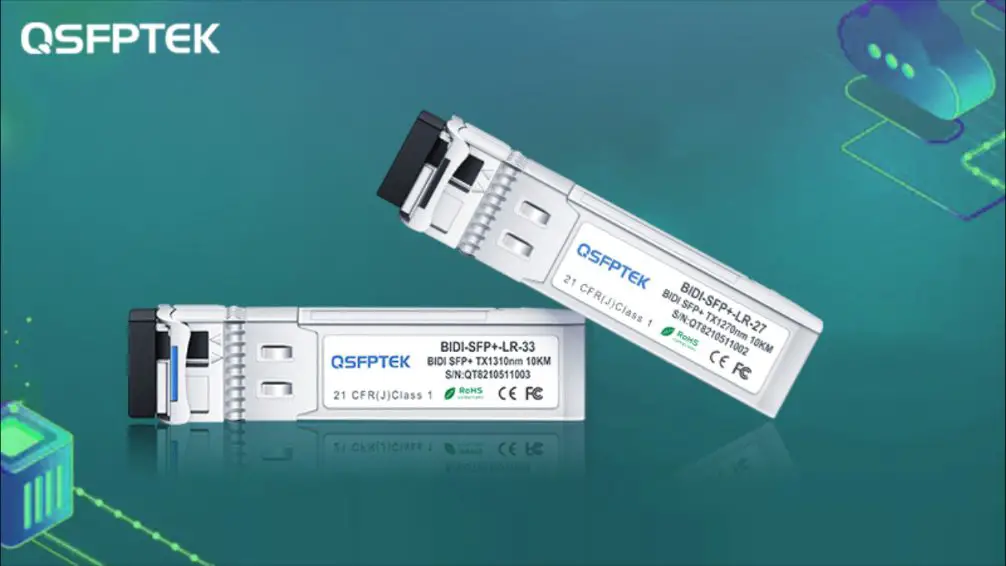
What is a 10GBASE-LR Optical Module?
A 10GBASE-LR Optical Module is an optical module that transmits data over a fiber optic cable. The module offers a range of up to 10 kilometers with a maximum data rate of 1.25Gbps, and it can be used in both multimode and single mode fiber cables.
This is the most popular type of optical module for short reach, high-speed network applications. A 10GBASE-LR Optical Module operates at a wavelength of 1310 nm with an ITU grid code of G655A and operates at 1.25Gbps with a maximum range of 10 kilometers on multimode fiber and up to 2 kilometers on single mode fiber cable.
10GBASE-LR Optical Module is a device that transfers data over optical fiber. It is used in long distance networks and can be found in the 10 Gigabit Ethernet standard. Optical modules are a key component of fiber optic networks. They are small devices that transmit light to carry data signals between network nodes. The 10GBASE-LR module is one of the most common types of optical modules and can be used for short distances as well as long distances.

How Does a 10GBASE-LR Optical Module Work?
Optical transmission is a technology that uses light to transmit data. It has been around for decades and is still used in some high-speed applications, such as 10GBASE-LR optical modules.
A 10GBASE-LR optical module is an optical transceiver that converts electrical signals into light pulses, which are then transmitted over a fiber optic cable. The module can be plugged into the back of a computer’s motherboard and offers data rates of up to 10 Gbit/s (10 gigabits per second) over distances of up to 10 kilometers (6.2 miles).
This module is a high-performance, low-cost, and low-power optical module that can be used to transmit data over a distance of 10 kilometers.
The 10GBASE-LR optical module is an important part of the Internet backbone. It transmits data over a distance of 10 kilometers using laser light to create an optical signal. The signal is then sent through an optical fiber cable and received by the receiver at the other end.
Why Do We Need a 10GBASE-LR Optical Module?
The 10GBASE-LR optical module is an important component of a 10GBASE-LR system. It is the light source and the receiver for the optical signal. The 10GBASE-LR optical module transmits the signal to and from a 10GBASE-LR transceiver.
The benefits of 10GBASE-LR are that it has a higher bandwidth than its predecessor, 10 Gigabit Ethernet (10G). It also has lower latency and power consumption than its predecessors.
The 10GBASE-LR optical module is a high-speed and long-reach, low-latency optical transceiver. It is able to reach up to 10km with just one single fiber strand.
This module is mostly used in data centers and enterprise network applications. It can also be used in long distance data transmission, such as between two buildings or different campuses.

Conclusion
Although there are many advantages of 10GBASE-LR optical modules, we need to know enough about the modules before choosing the right one. The 10GBASE-LR optical modules are not as fast as the 40GBASE-SR4 and 100GBASE-SR10 modules.
The 10GBASE-LR optical module is not compatible with the IEEE 802.3ae standard, which is a disadvantage for companies that work in compliance with this standard.
If you want to know more about 10GBASE-LR optical module, please contact QSFPTEK via sales@qsfptek.com.